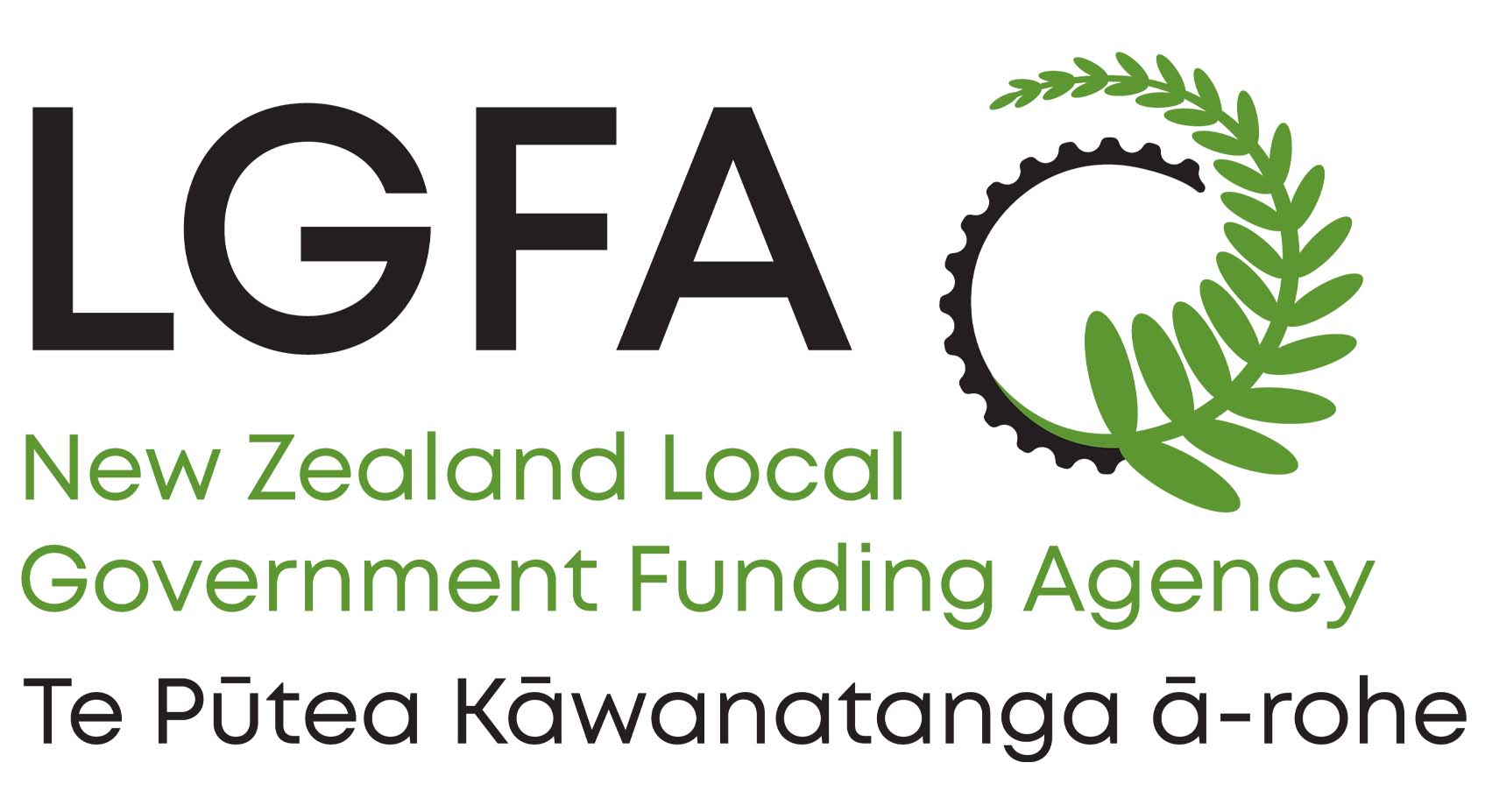
Council borrowing in flux but LGFA stays the course
New Zealand Local Government Funding Agency (LGFA) issued and lent in record volume during 2020 in response to the COVID-19 crisis. Council funding requirements are expected to take different paths going forward, but Mark Butcher, LGFA’s Wellington-based chief executive, says the agency’s funding strategy will remain consistent as it aggregates the sector’s needs.
What trends have emerged in local-government borrowing during the COVID-19 crisis, and how are they likely to be reflected in LGFA funding?
The financial impact of COVID-19 on councils has varied across the sector. Total sector revenue increased from the prior year, but by less than would otherwise have been the case. There has also been divergence among councils depending on their level of income from commercial assets, reliance on dividend income and user charges.
Importantly, the sector’s financial position was strong going into COVID-19 and in general the financial impact has not been as bad as was first expected when the crisis hit. We have seen a surge in council borrowing – NZ$3.4 billion (US$2.5 billion) in the 2020 calendar year compared with NZ$2 billion the prior year – but much of this increase was forecast and not necessarily related to COVID-19.
Have estimates for LGFA funding reduced relative to estimates at the height of the crisis?
Councils continue to borrow for capex to meet renewals and to invest for population growth. This will continue going forward. Individual councils are currently working on their 2021 long-term plans (LTPs), which are their 10-year budgets that are updated every three years. They outline capex and borrowing activity for each of the next 10 years.
Councils need to invest in water infrastructure, which comprises approximately 35 per cent of council assets, but in 2020 central government announced plans for reform of the water sector. The outcome of the proposed reform will have an important influence on the shape of local government in New Zealand in future.
We expect an increase from the previous LTPs, in 2018, but do not expect borrowing requirements going forward to be as large as they were in 2020. Our funding programme on a gross and net basis was at a record level in the 2020 calendar year. Gross issuance was NZ$3.7 billion compared with a historic average of NZ$1.7 billion – and we expect this to reduce going forward.
Infrastructure funding appears to be the main focus for a lot of governments to stimulate economic recovery. Is this true also at the local government level, and if so to what extent could this mean structurally higher debt requirements for the LGFA over the long term?
Possibly, but the scope of local-government activities is rather narrow – councils invest in water and community infrastructure and co-invest alongside central government in certain road and public-transport infrastructure. Councils are also constrained in their borrowing ability by debt-affordability and serviceability financial covenants. There will be an increased borrowing requirement but some of this might be financed by off-balance-sheet means.
LGFA extended its curve with a 2037 maturity issued in July 2020. Is adding long-term debt a focus?
We have a soft cap on each LGFA bond maturity, of NZ$1.75 billion. This seems to strike the right balance between supporting market liquidity, by having large tranche sizes, and not incurring undue future refinancing risk for LGFA.
Given the size of our annual funding task, we are likely to issue more of the 2037 line via tender, but we are also open to establishing new maturities via syndication.
One factor holding us back from extending the LGFA curve beyond 2037 is the reluctance of our council borrowers to extend their own borrowing terms that far. Our average term of lending to councils over the 2020 calendar year was 5.3 years while our average term of issuance was 7.2 years.
Does the LGFA expect to maintain its ratio of issuance between tenders and syndications?
We have found that a mix of syndications, for launching new bond maturities, and tenders works well. Each has strengths and weaknesses but undertaking both forms of issuance provides added flexibility for an issuer and can also meet investor demand efficiently and effectively.

HIGH-GRADE ISSUERS YEARBOOK 2023
The ultimate guide to Australian and New Zealand government-sector borrowers.







